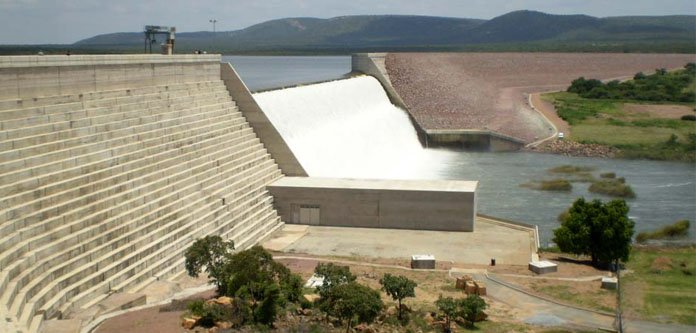South Africa construction company Basil Read says it has finally concluded the Olifants Water Resources Development Project despite challenges.
In its latest report to shareholders, Basil Read said it had completed the Olifants Water Resources Development Project for the Trans Caledonian Water Agency (TCTA).
The company won the more than US $58 million project in 2012.
Basil embarked on a business rescue operation in 2018 after it suffered major financial losses in tax in 2017. The completion of Olifants River Water Resource Development Project is a major milestone for the company that has admitted the project was the most complex it has undertaken in recent years with a significant liability that adversely contributed to the company’s financial distress.
The Olifants River water resources development project for TCTA was scheduled for completion in June 2015 after significant delays. Community disruptions targeted at mines in the area and service delivery protests delayed operations, with associated costs increasing on repeated start-up procedures. The accumulated loss on the project is totaled around US $27 million, including delay damages and agreed claims, making it one of Basil’s biggest distressed projects.
READ: Water projects in South Africa receive major boost
Olifants River Water Resources Development Project is an extensive water resource development project which will now supply water for domestic and industrial (mining) use in the Limpopo Province. Phase 1 of the project, encompassed the raising of the Boshielo Dam.
Phase 2 which is divided into two main schemes will comprises a 70km long, 1100mm diameter pumping main from the Flag Boshielo Dam to the town of Mokopane, for which three pump stations of 4MW each are required in first scheme
The second scheme consists of the extraction and distribution of water from the De Hoop Dam to various end points via pipelines ranging from 1700mm to 1000mm in diameter. One 13MW pump station is required along the 110km of pipeline.
A40km long suction main links the pump station directly to the De Hoop Dam letting water run down the river by gravity to save on energy. The considerable transient pressures which result from this configuration is mitigated by one or more surge tanks and the 80m variation of the pumping head with the changes in dam water level will be accommodated by using variable speed drives.
The project was funded and implemented by TCTA to supply bulk water to meet the requirements of new mining developments in Limpopo province as well as community needs.




